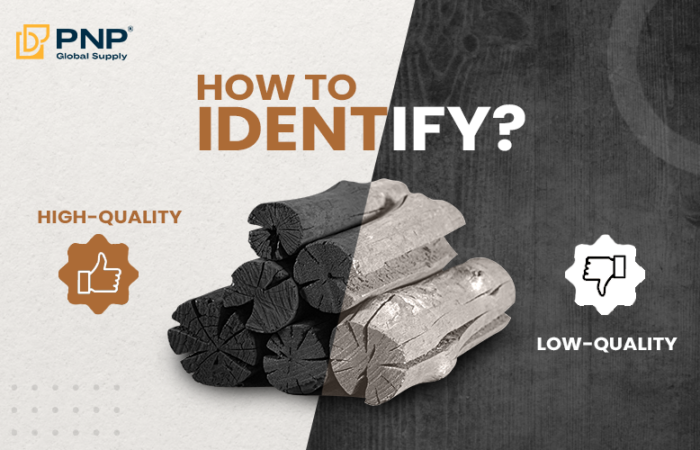Explore “How long does charcoal last?” and discover expert advice on maximizing its shelf life. Learn about factors that affect charcoal durability and get sensible recommendations for storing it efficiently. Find out the way to keep your charcoal smooth and fresh for maximum high-quality use.
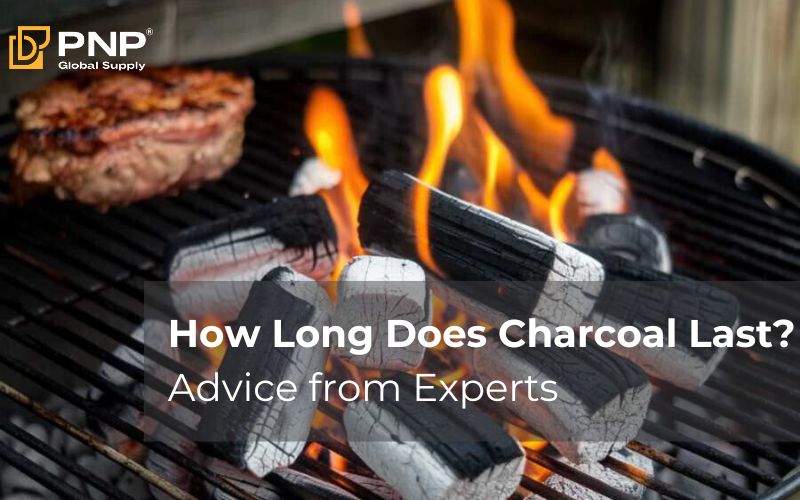
How long does charcoal last?
Probable Burn Time
| Charcoal Type | Probable Burn Time |
| Lump Charcoal | 2-3 hours |
| Briquettes | 4-5 hours |
| Briquettes(Oxygen-Restricted Environment) | 8-10 hours |
| Lump Charcoal(Oxygen-Restricted Environment) | 4-6 hours |
| Mixing Lump with Briquettes | 3.5-4 hours |
Factors Affecting Charcoal Lifespan
Storage:
For the long-lastingness of charcoal, it has always to be well stored. To avoid moisture retention leading to less effective charcoal and faster deterioration, cool and dry places should contain it. Moreover, air-tight packers may also serve as an environmental shield for charcoal thus promoting its durability.
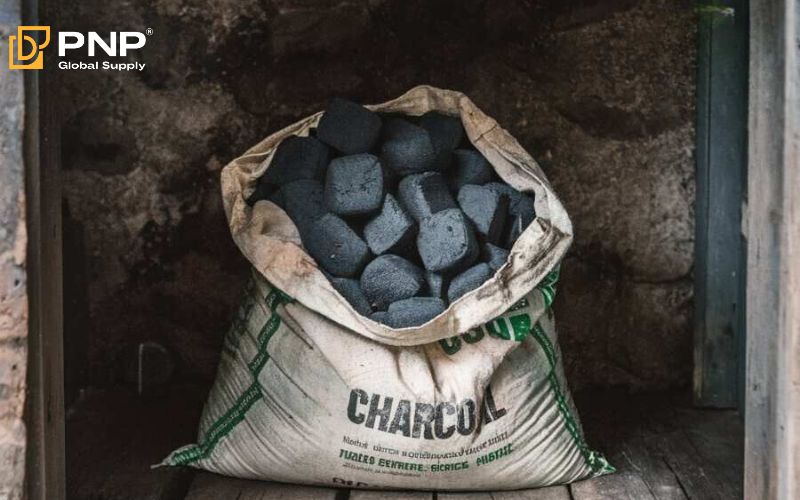
Usage:
How charcoal is used affects its usual lifespan. Excessive publicity to air and immoderate temperatures can cause charcoal to burn out more quickly. Efficient use involves retaining managed airflow and avoiding excessive heating, which helps in keeping its burning time and overall quality.
Quality:
The burn duration and endurance of charcoal are directly influenced by its quality. High-quality charcoal, whether briquettes or lump, generally has a longer burn period and remains effective for longer. On the other hand, low-quality charcoal may rapidly deteriorate leading to a shorter burning time hence; low use efficiency.
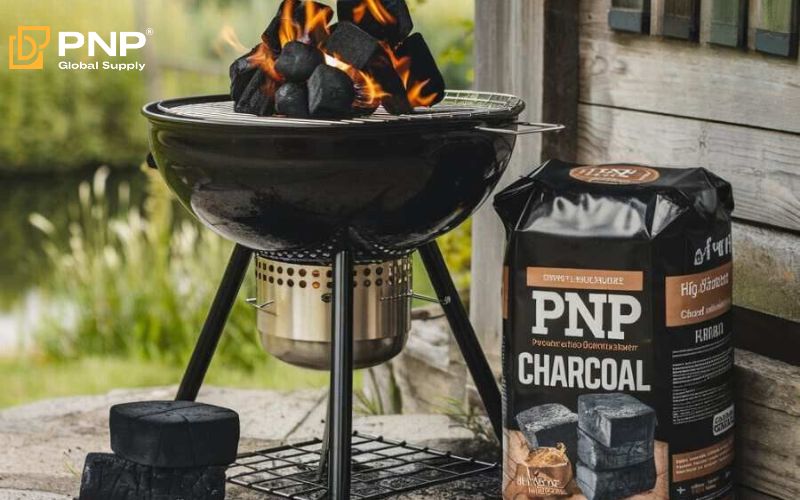
Signs of Spoiled Charcoal
Color Changes:
Spoiled charcoal frequently shows noticeable color changes. For instance, glowing charcoal usually has a normal, darkish color, while old or damp charcoal may appear grayish or ashy. These changes imply that the charcoal may have absorbed moisture or deteriorated, affecting its overall performance.
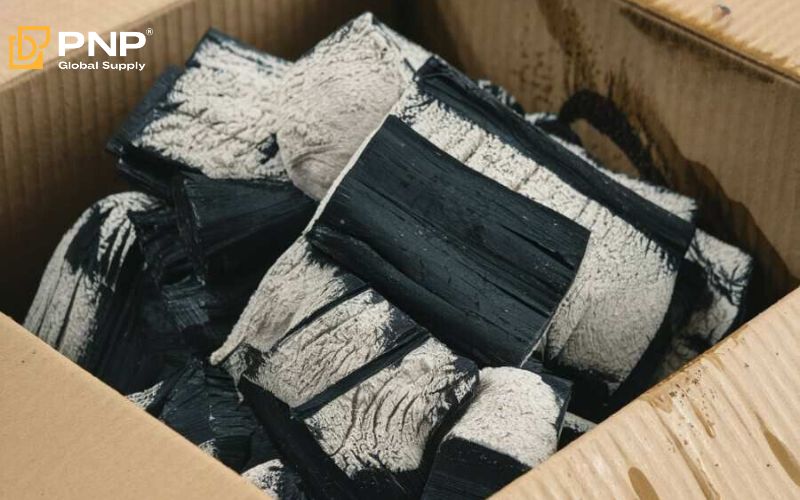
Unusual Odors:
If charcoal emits unusual or off-placing odors, it might be spoiled. Fresh charcoal should have a neutral fragrance. However, if it smells musty, rancid, or ugly, it could be a signal of mold or distinctive degradation, suggesting that the charcoal is not appropriate for use.
Difficulty Lighting:
Charcoal that is tough to light or ignite is likely spoiled. Spoiled charcoal can also have absorbed moisture or undergone chemical changes that impede its capability to catch fire easily, which can impact its effectiveness and luxury in use.
Poor Burning Quality:
Charcoal that burns inconsistently or produces bizarre flames can be spoiled. Instead of imparting a consistent or even heat, spoiled charcoal can burn inconsistently, leading to terrible cooking consequences and requiring more common refueling or adjustments.
Excessive Smoke:
Excessive smoke is another indicator of spoiled charcoal. While a small quantity of smoke is regular, spoiled charcoal may produce a variety of smoke, which may be a sign of contaminants or chemical breakdown. This excessive smoke can affect the cooking process and the flavor of the food.
Tips for Extending Charcoal Lifespan
Proper Storage Practices:
To increase the lifespan of your charcoal, store it in a groovy, dry location at some distance from direct sunlight and heat assets. Keeping charcoal in a nicely ventilated region saves you from moisture buildup and degradation. Avoid storing charcoal close to chemical substances or robust odors that might affect its quality.
Sealing Containers:
Using airtight packing containers is important for maintaining charcoal’s freshness. Properly sealed bins defend charcoal from air and moisture, which could cause it to become worse. Investing in amazing, long-lasting containers can significantly increase the lifestyles of your charcoal.
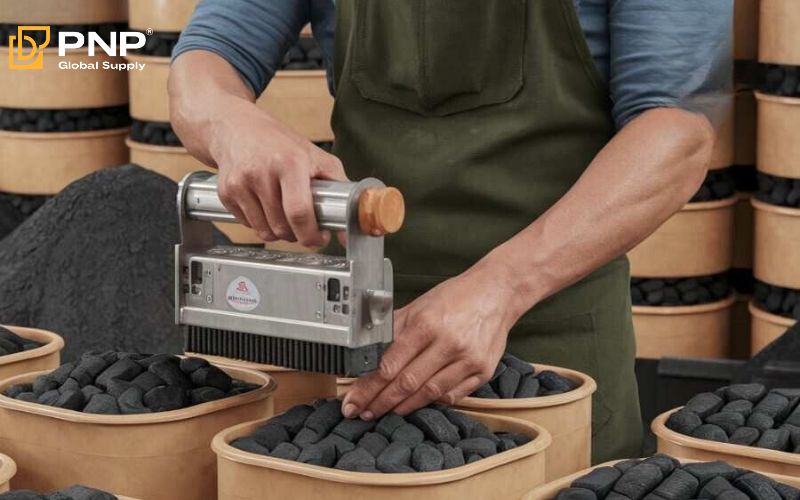
Avoiding Moisture Exposure:
Among the primary elements that destroy charcoal is moisture. To prevent exposure to rain or high moisture content charcoal must be stored in a dry environment. If charcoal gets wet, it may become unusable or require more drying earlier than use.
Using Charcoal Within a Reasonable Timeframe:
Charcoal needs to be used within a reasonable time frame to ensure the most suitable performance. Even with proper storage, charcoal has a finite lifespan. Aim to use your charcoal within one to two years of purchase to keep it great and effective.
Choose a Reputable, Quality Coal Supplier:
Selecting a terrific supplier is critical for obtaining top-quality charcoal that lasts longer. PNP Charcoal is known for its determination to generate top-quality charcoal products. When you pick PNP Charcoal, you guarantee yourself charcoal that has been well crafted and is highly dependable such that it takes your barbecuing and heating experience to the next level.
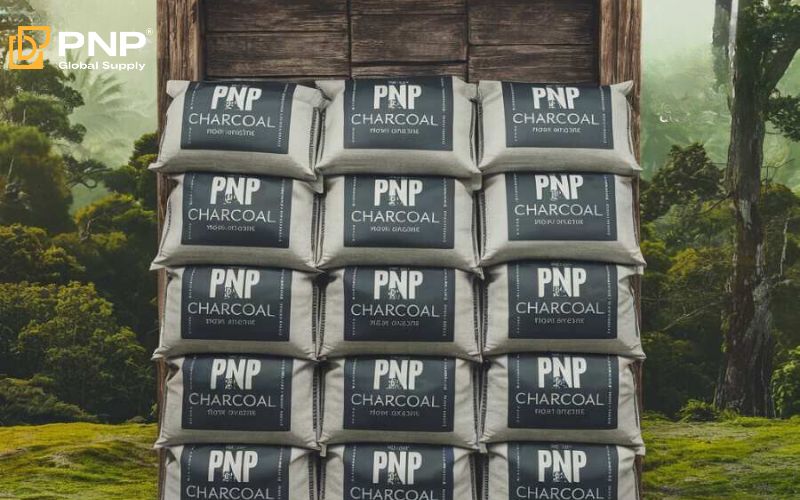
Conclusion
To enable you to maximize your charcoal investment, the details concerning “How Long Does Charcoal Last” are very significant. Nevertheless, other essential factors that influence their shelf life comprise of proper storage techniques, selecting quality ones and proper usage timing. By following these suggestions, you may make sure that your charcoal performs optimally, imparting regular heat and performance to your grilling or heating goals.



